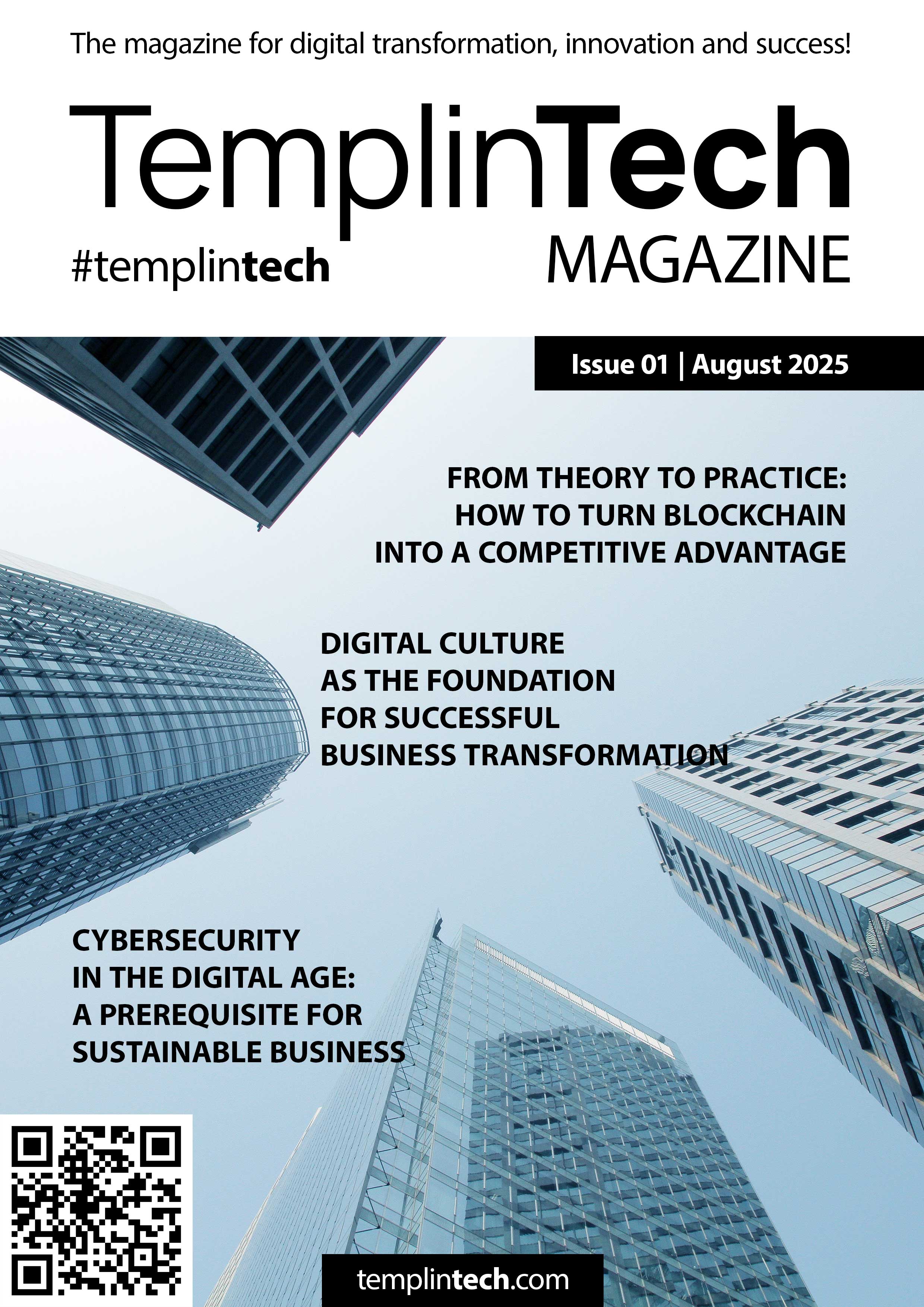Critical Review of the Scientific Literature and Strategic Directions for Business. Based on the research by Mohammad Qias Mohammadi, Ahmad Jaamay Kohistani, Agha Mohammad Ghafori, and Abdul Wajid Fazil, published in the International Journal on Advanced Technology, Engineering, and Information System, 2025, Volume 4, Issue 2
The study “Blockchain Integration in Information Systems: A Systematic Review of Security, Efficiency, and Adoption Barriers” analyzes how blockchain technology can transform the security and efficiency of information systems – and why, despite its evident advantages, its widespread integration still faces systemic barriers. Using the PRISMA methodology and peer-reviewed sources from 2019 to 2024, the authors conduct an in-depth meta-analysis of the existing scientific literature, highlighting critical dependencies between technology, regulation, and organizational readiness.
1. Blockchain and Security: From Concept to Practice
According to the study, blockchain offers both cryptographic protection and a completely new architectural model of trust. The technology eliminates the need for central intermediaries through decentralization, immutable transaction history, and smart contracts. Applications in healthcare, accounting, and supply chains demonstrate a reduction of fraud by up to 30% and improvement in traceability by over 40%.
Nevertheless, the authors caution that “public blockchain systems are vulnerable to 51% attacks and key management issues.” The institutional choice between permissioned and permissionless blockchains is a strategic matter with serious security implications.
2. Efficiency in Information Systems: Acceleration through Automation
Blockchain enhances transaction efficiency through automation and elimination of intermediaries. In ERP systems and scientific databases – for example, the integration of smart contracts leads to a 30-40% reduction in transaction costs and time. The statements in the study are based on real case studies, such as in scientific institutions where the decentralized structure reduces administrative burden and accelerates collaborative projects.
However, efficiency comes with trade-offs – the study highlights issues with interoperability, network latency, and energy consumption, which in some cases negate the benefits in a real production environment.
3. Three Major Barriers to Real Implementation
- Regulatory uncertainty – the lack of clear legislation discourages organizations from taking risks. Legislative regimes between countries often diverge, further complicating cross-border blockchain applications.
- High initial costs – implementation requires infrastructure, experts, and process transformation that many SMEs cannot afford.
- Lack of internal expertise – businesses lack the necessary technical personnel, leading to dependence on external providers and lack of control.
As stated in the study, “Addressing these barriers requires policy reforms, technological advancements, and stakeholder collaboration” – i.e., changes in policy, technological maturation, and an organizational culture ready for change are all needed.
4. What This Means for Business Today
Blockchain is an emerging strategic tool for creating competitive advantage. To fully leverage its potential, business leaders should take concrete steps:
- Analyze and identify which business processes suffer from lack of trust, transparency, or traceability – these areas are priorities for blockchain solution implementation.
- Initiate pilot projects (proof-of-concept) to test blockchain technology under real conditions, with clearly measurable goals and expected return on investment (ROI).
- Build internal expertise by investing in team training, developing partnerships with universities, or creating internal innovation units.
- Actively engage in regulatory dialogue – through participation in industry alliances, working groups, and consultations – to closely monitor and influence the development of the regulatory framework surrounding blockchain technologies.
- Identify key business processes where lack of trust, transparency, or traceability causes losses or inefficiency – these are the most suitable areas to start implementing blockchain technologies.
5. The Technology Is Ready. But Is the Business Ready to Implement It?
Blockchain already provides significant benefits – enhanced security, improved efficiency, and better accountability. But the technology is only one side of the equation. Organizational readiness, regulatory clarity, and the ability to think strategically remain decisive for real transformation. As the study shows, the future of blockchain depends not on the technology itself, but on how meaningfully and sustainably businesses can integrate it.
Source:
Mohammad Qias Mohammadi, Ahmad Jaamay Kohistani, Agha Mohammad Ghafori, Abdul Wajid Fazil (2025). Blockchain Integration in Information Systems: A Systematic Review of Security, Efficiency, and Adoption Barriers.
https://doi.org/10.55047/ijateis.v4i2.1682

Yordan Balabanov
Expert in digital transformation, strategic approaches, and technology integration.
Words from the author:
“Digital transformation is not limited to technology implementation. It is a synergy of digital culture, strategic thinking, and expert competence – a long-term process that requires vision, knowledge, and resilience.”
LinkedIn | yordanbalabanov.com
Are you ready for strategic change through digitalization? Contact me for professional support.
Was this insight valuable to your business?
Download our free app TemplinTech Magazine on Google Play – no ads, no distractions, just focused business insights.
📲 Install from Google Play
![Български [BG] Български [BG]](/media/mod_languages/images/bg_bg.gif)
![English [EN] English [EN]](/media/mod_languages/images/en_gb.gif)












